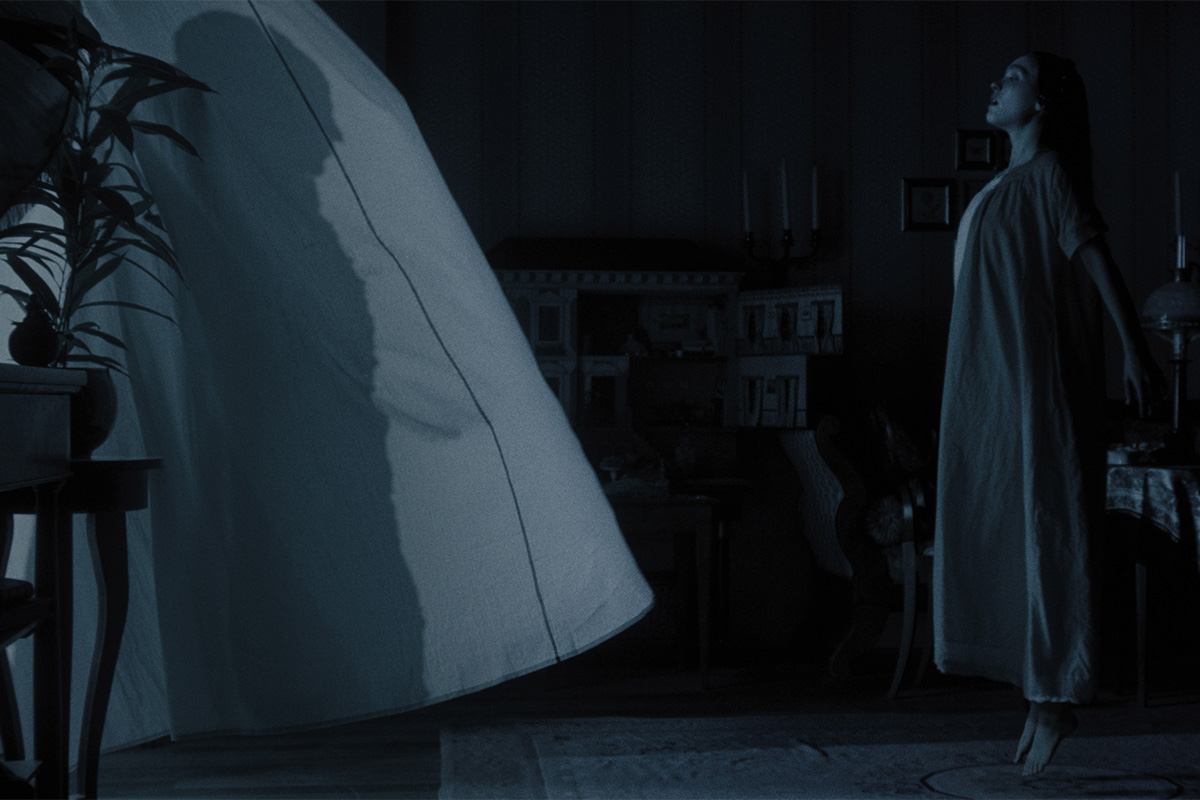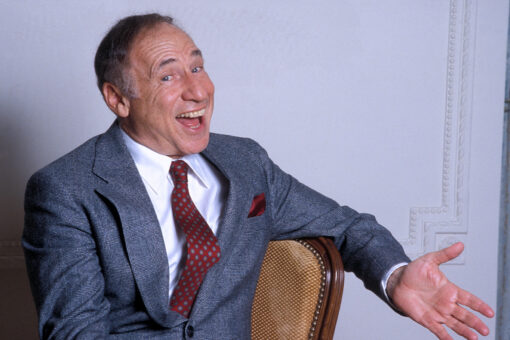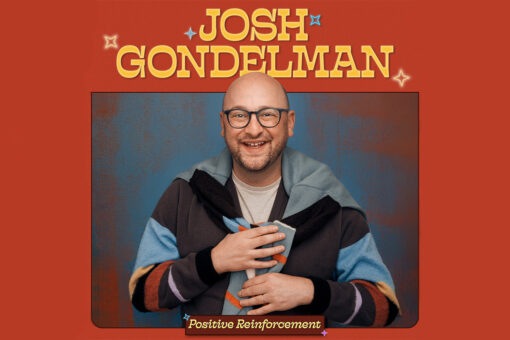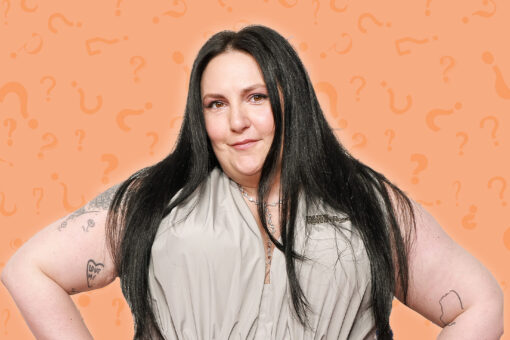Bloodsuckers are back, baby. Kristin Stewart is returning to her vampire roots on the big screen, “What We Do in the Shadows” is wrapping up its stellar sixth and final season and most importantly for my interest in this article: Robert Eggers’ remake of “Nosferatu” is one of the most highly anticipated films of the year. I like to argue that vampires and Judaism have a lot of connections, not simply the obvious antisemitic one. Hear me out!
When I first watched the 1922 silent “Nosferatu,” the first feature-length adaptation of Bram Stoker’s novel “Dracula,” I was immediately struck by the overt antisemitism of the titular character. Although there is a noticeable lack of research into the potential Jewishness of Nosferatu, it does not take a particularly discerning viewer to notice the monster’s hunching pose, large ears and bushy eyebrows — all attributes common in antisemitic cartoons. Although he does appear similar to Bram Stoker’s description of Dracula — a tall man with pointed ears and sharp teeth — when these elements are considered in conjunction with the rising antisemitic sentiment in Germany during the interwar period, it’s reasonable to form a connection.
Whether or not Nosferatu’s physical expression was intentionally reminiscent of offensive caricatures, vampires and antisemitism have always been intrinsically linked. It’s impossible to have this discussion without bringing up blood libel, the unsubstantiated claims that Jews murdered gentile children to use their blood in rituals. Thus, European vampires of old are intrinsically linked to Jewishness. This “Other” — almost human, almost able to fit into society — is instead forced to live on its outskirts, much like European Jews forced to live in isolated communities.
The default vampire of the collective consciousness is Eastern European, much like many Jewish immigrants of the early 1900s. The count in Bram Stoker’s novel lives in the Transylvanian (now Romanian) countryside. Bela Lugosi, star of 1933’s “Dracula,” was a Hungarian-American actor that spoke in his natural accent for the role. His speaking voice became an iconic, recognized trait of creatures of the night, creating yet another link to Jewishness. Over time, this has exacerbated the belief in the vampire as the “foreigner,” an ambiguous immigrant boogeyman that would love nothing more than to enter your home and harm you, if you would only be so kind as to invite him in.
In an interview with Anthony Breznican for Vanity Fair, Robert Eggers shares that his modern physical depiction of the creature is more similar to “folk vampires” than it is true to Murnau’s film or Stoker’s description, appearing less human, less connected to notions of antisemitism, more undead. This conjures the image of a pre-Christian vampire, far before our time, before the first “Nosferatu,” even before Bram Stoker. I’m excited to see what this version of the movie has to offer when it comes to expanding the vampire canon — I expect something less likely to offend and more likely to thrill.
To an extent, vampires are always in vogue. From the dawn of humanity to Bram Stoker to “Blade,” humans have always had a place in our hearts for creatures of the night. Why? Well, besides being sexy and fun, every time they pop up, they carry something far worse than a bloodborne pathogen: the crushing weight of all of the social issues of our time! It’s true. The fascinating thing about vampires in film is that they always seem to represent an underlying societal fear — such as immigrants and foreigners — or an unspoken desire that a viewer may be ashamed of or society may not be ready to embrace, like in the case of the never named yet undeniably overt homosexual relationship in “Interview With the Vampire.” Throughout cinematic history, vampires have always expressed the darkest parts of humanity, whether that darkness is based in fear, desire or a horrifying mix of both. Vampires may not show up in mirrors, but they undoubtedly reflect back the things about ourselves that we refuse to acknowledge.
Although anti-immigrant sentiment is soaring, transphobia is being written into law and discrimination against Jewish and Muslim communities is on the rise, it actually seems to me a bit of a strange time for vampires to have their comeback. They represent what is under the surface: the shameful, quiet things we can’t say out loud, or don’t want to. But right now, it seems that absolutely everything is being said out loud. People have never been so outspoken and unashamed in their beliefs, enabled by their echo chambers and social media. In fact, the loudest, most outlandish of them all are the people we chose to elect to public office. So, there must be another reason for the Count to return. This moment is not about vampires standing in for our unspoken fears.
In that same Vanity Fair interview, Eggers said about his take on the old film: “The archetypal motif is a demon lover story. It’s not so much love, it’s obsession.” We can conclude that the vampire of the present is much less related to our fears and much more tied to our desires: the dark parts of ourselves that exist beyond the realm of human love and connection. While we are happy to openly discuss our fears, unashamed to express our hatred and division, what we still struggle with is expressing what it is that we really, truly, want. It seems that “Nosferatu” may be ready to address that!
Of course, if when the film is released (in one week!) it is clearly tied to antisemitism or any other wide-reaching social issue, I reserve the right to retract this statement and open the floor for further discussion. But for now, I’m terribly excited to spend Jewish Christmas dragging my extended family to watch the same, beautiful story of the Count be told yet again, much like the cyclical re-reading of the Torah. I’ve studied vampires for years (can you tell?) but I still have so much more to learn and to think about when it comes to the undead. Every time we engage with this narrative, it teaches us something new and recontextualizes our modern problems through truths and morals that have guided people for centuries. And is there anything more Jewish than that?



